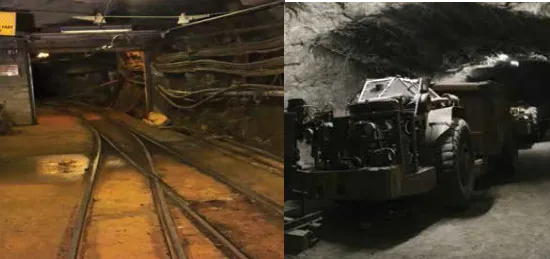10 月 . 20, 2024 07:47 Back to list
hydraulic check valve price
Understanding Hydraulic Check Valve Pricing Factors and Considerations
Hydraulic check valves play a crucial role in various hydraulic systems, ensuring the unidirectional flow of liquids while preventing backflow. As industries increasingly rely on hydraulic systems for efficiency and reliability, understanding the pricing of hydraulic check valves becomes vital for manufacturers, engineers, and maintenance professionals. This article delves into the various factors influencing hydraulic check valve prices and offers insights into making informed purchasing decisions.
Factors Influencing Hydraulic Check Valve Prices
1. Material Composition One of the primary factors affecting the price of hydraulic check valves is the material from which they are made. Common materials include brass, stainless steel, and cast iron. While brass and stainless steel offer better corrosion resistance, they also come at a higher cost. The choice of material must align with the specific application requirements and environmental conditions.
2. Size and Pressure Rating The size and pressure rating of a hydraulic check valve significantly influence its price. Larger valves capable of handling higher pressures typically cost more than smaller, lower-rated options. When selecting a valve, it’s essential to consider the system's operational parameters to avoid over-specifying and incurring unnecessary costs.
3. Type of Valve There are various types of check valves, including swing check valves, lift check valves, and ball check valves. Each type has its own advantages, disadvantages, and cost implications. For instance, swing check valves may be less expensive but can be less effective in applications with low flow rates, while lift check valves may offer better performance but at a higher price.
4. Brand and Manufacturer The reputation of the manufacturer can also affect pricing. Well-established brands that are known for their reliability and quality often command higher prices due to perceived value and trust. However, opting for lesser-known brands may offer cost savings, though one must thoroughly assess quality and warranty support.
5. Production and Lead Times The complexity of the valve design and the manufacturing process can influence pricing. Custom or specialized check valves may have higher costs associated with design and production, along with longer lead times. In urgent scenarios, balancing time constraints with cost is crucial, and sometimes paying a premium for quicker delivery is worth the investment.
hydraulic check valve price

6. Market Demand and Supply Conditions Like any other product, the pricing of hydraulic check valves can be influenced by market dynamics. Fluctuations in raw material prices, seasonal demand, and external economic factors can impact the availability and cost. Staying informed about market trends can help buyers anticipate price changes.
Making Informed Purchasing Decisions
To ensure that you get the best value for your investment in hydraulic check valves, consider the following strategies
- Perform a Thorough Needs Assessment Evaluate your specific application requirements, including flow rates, pressure ratings, and environmental conditions, to select the most suitable valve type and material.
- Solicit Multiple Quotes Obtain quotes from various suppliers to compare prices, lead times, and warranty options. This practice not only aids in budgeting but also helps identify potential savings.
- Check Reviews and Testimonials Research customer experiences and reviews for the brands you are considering. A product’s reputation can provide insight into its long-term reliability and performance.
- Consult with Industry Experts Leverage the expertise of engineers or procurement professionals who understand hydraulic systems to guide you in decision-making and vendor selection.
In conclusion, while hydraulic check valve prices vary based on multiple factors, being well-informed can help you make prudent choices that enhance the efficiency and reliability of your hydraulic systems. Balancing cost with quality and performance will ultimately lead to better operational outcomes and long-term savings.
Share
-
Understanding the Differences Between Wafer Type Butterfly Valve and Lugged Butterfly ValveNewsOct.25,2024
-
The Efficiency of Wafer Type Butterfly Valve and Lugged Butterfly ValveNewsOct.25,2024
-
The Ultimate Guide to Industrial Swing Check Valve: Performance, Installation, and MaintenanceNewsOct.25,2024
-
Superior Performance with Industrial Swing Check Valve: The Essential Valve for Any SystemNewsOct.25,2024
-
Industrial Swing Check Valve: The Ideal Solution for Flow ControlNewsOct.25,2024
-
You Need to Know About Industrial Swing Check Valve: Functionality, Scope, and PerformanceNewsOct.25,2024